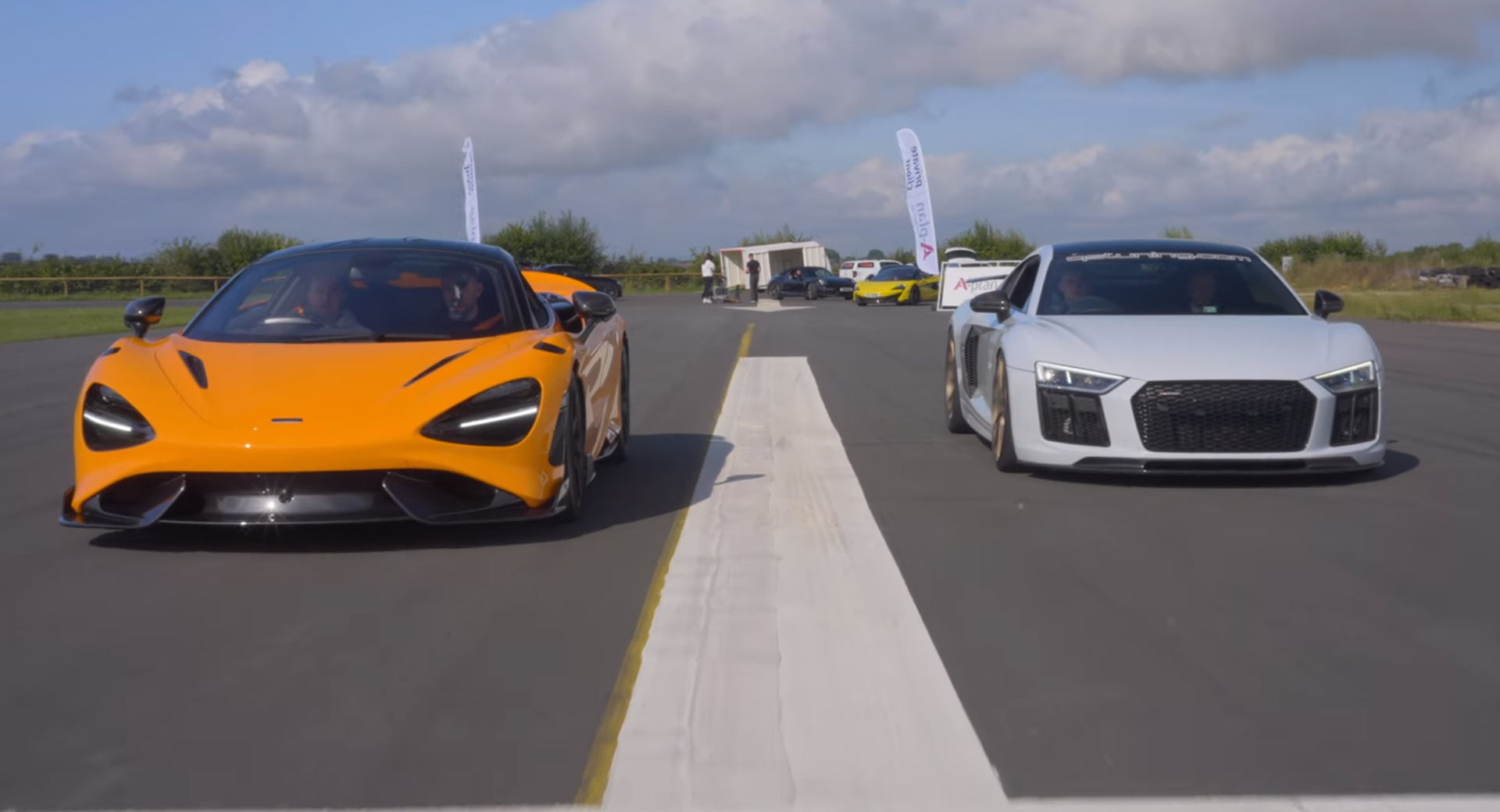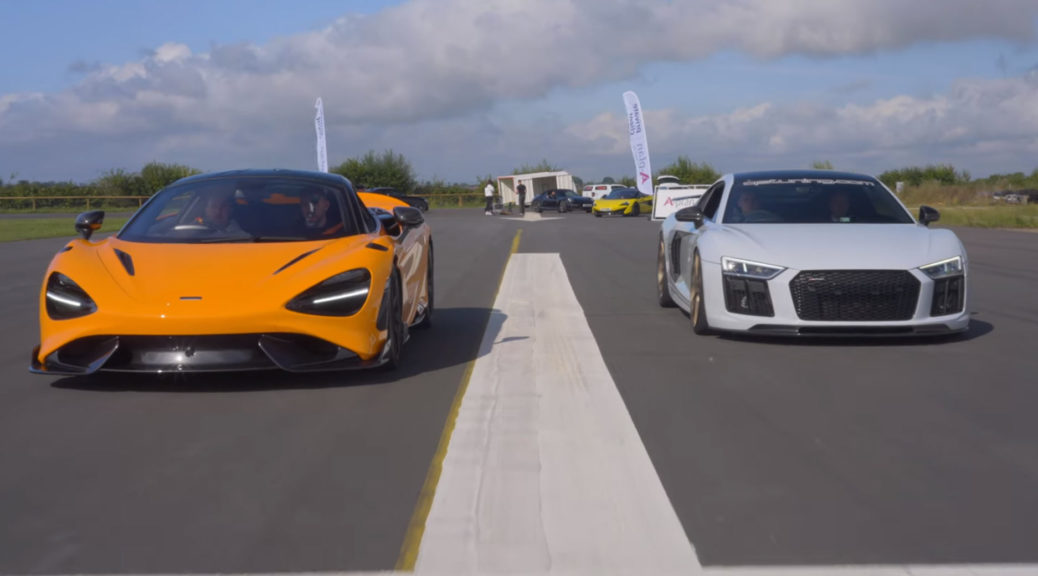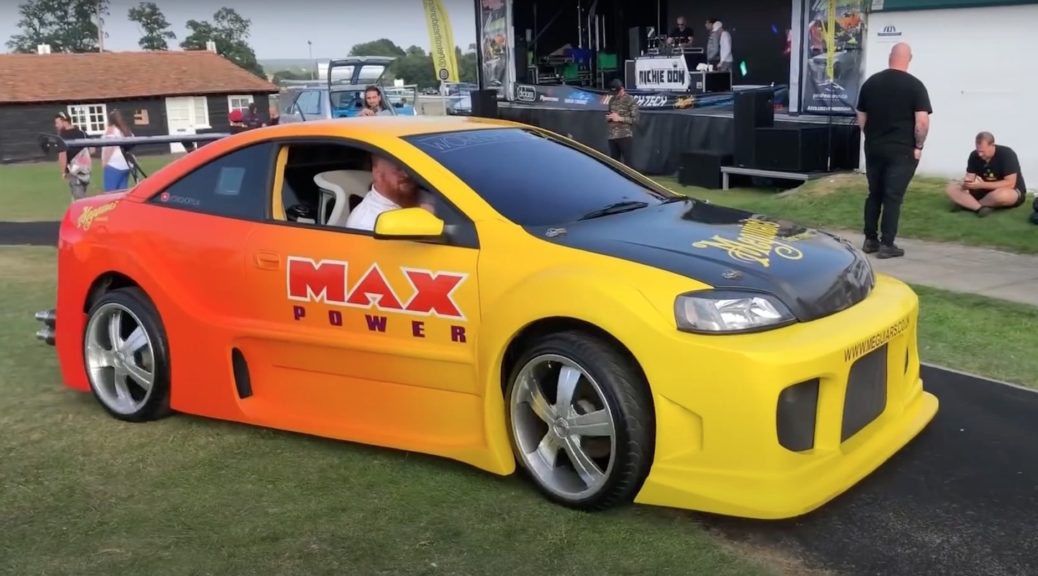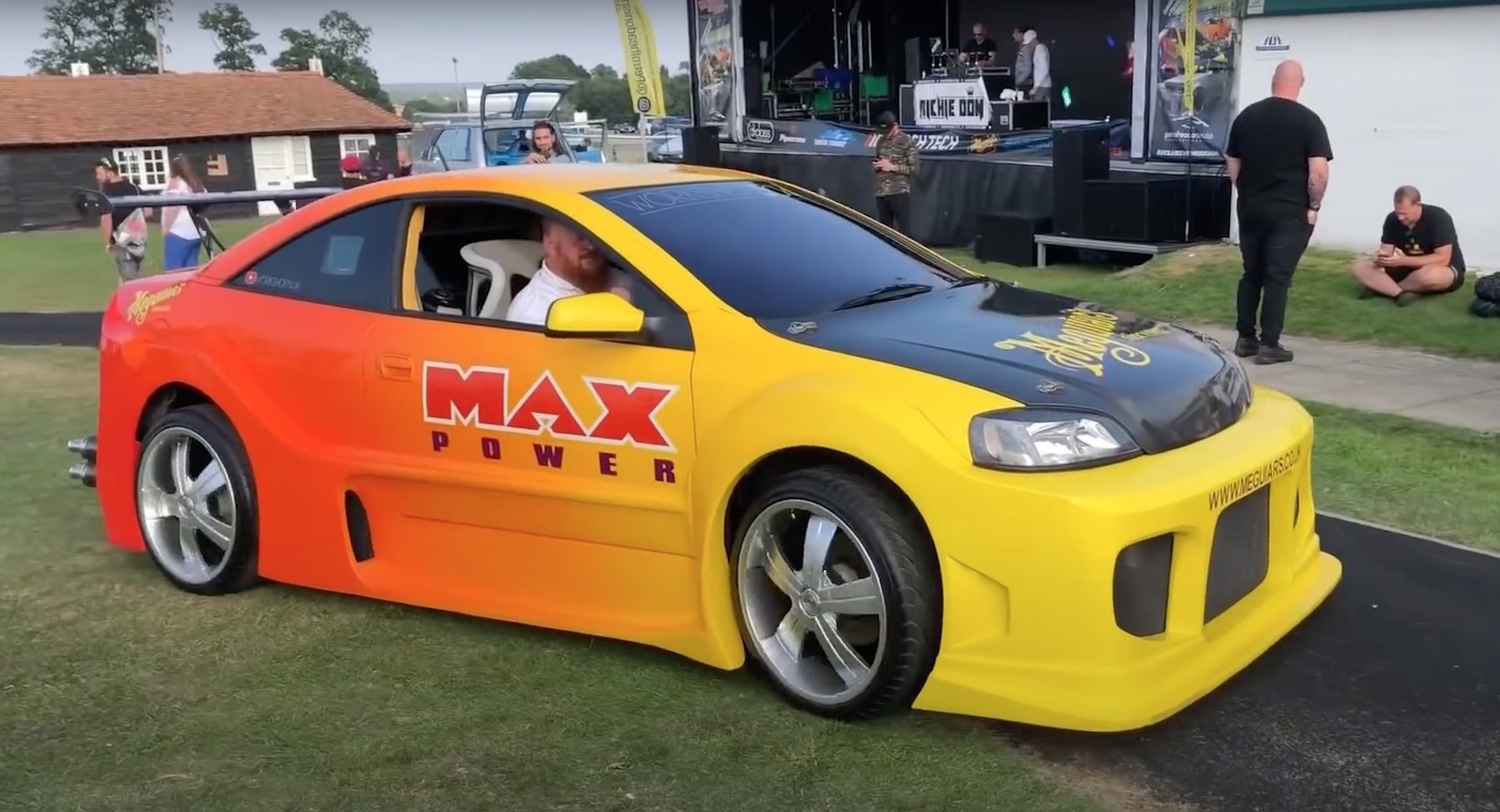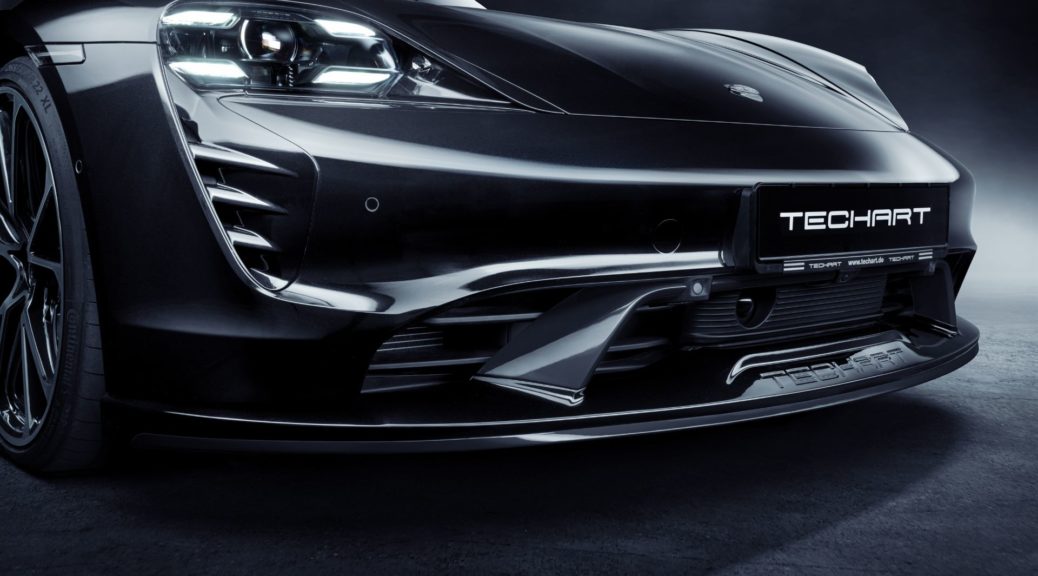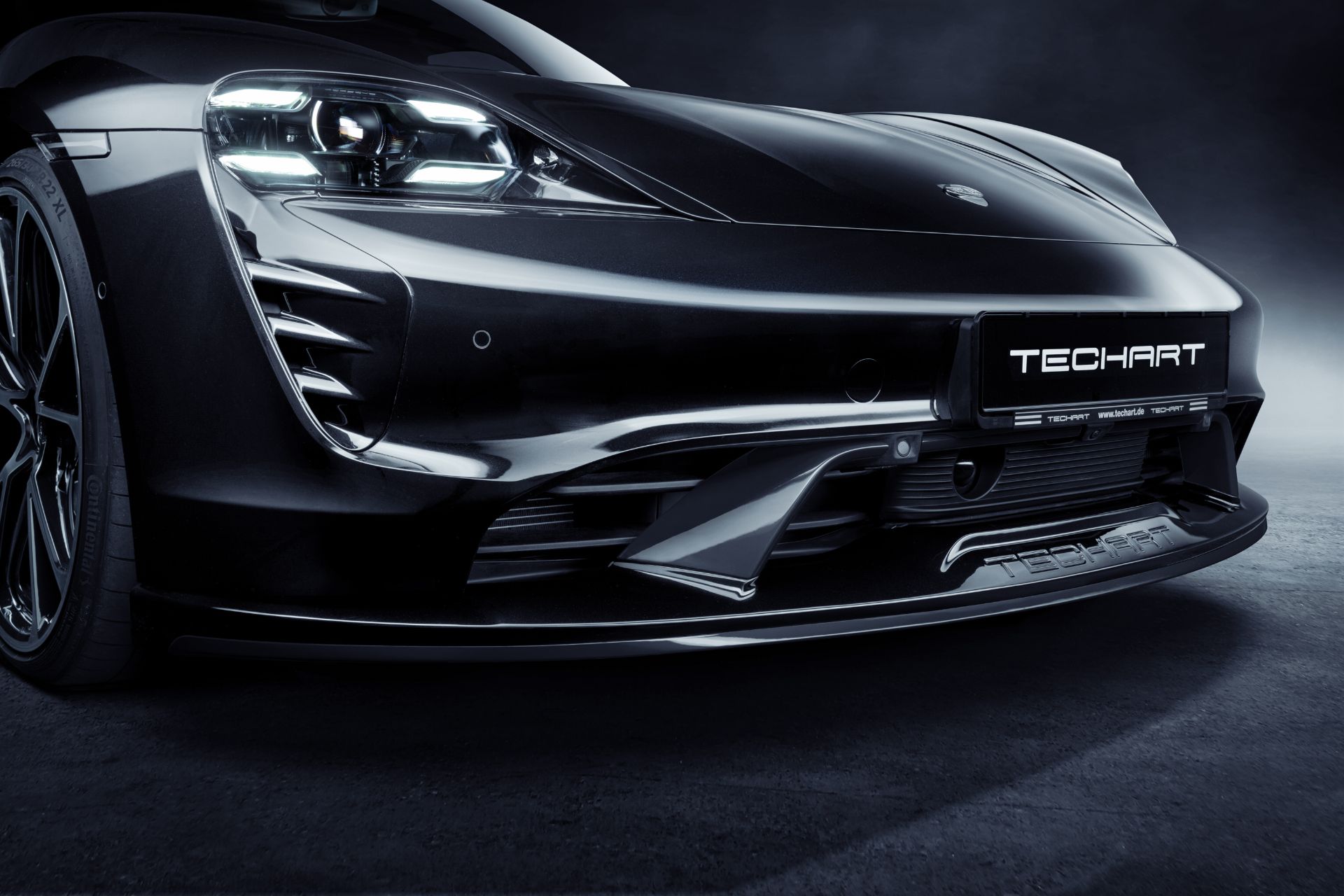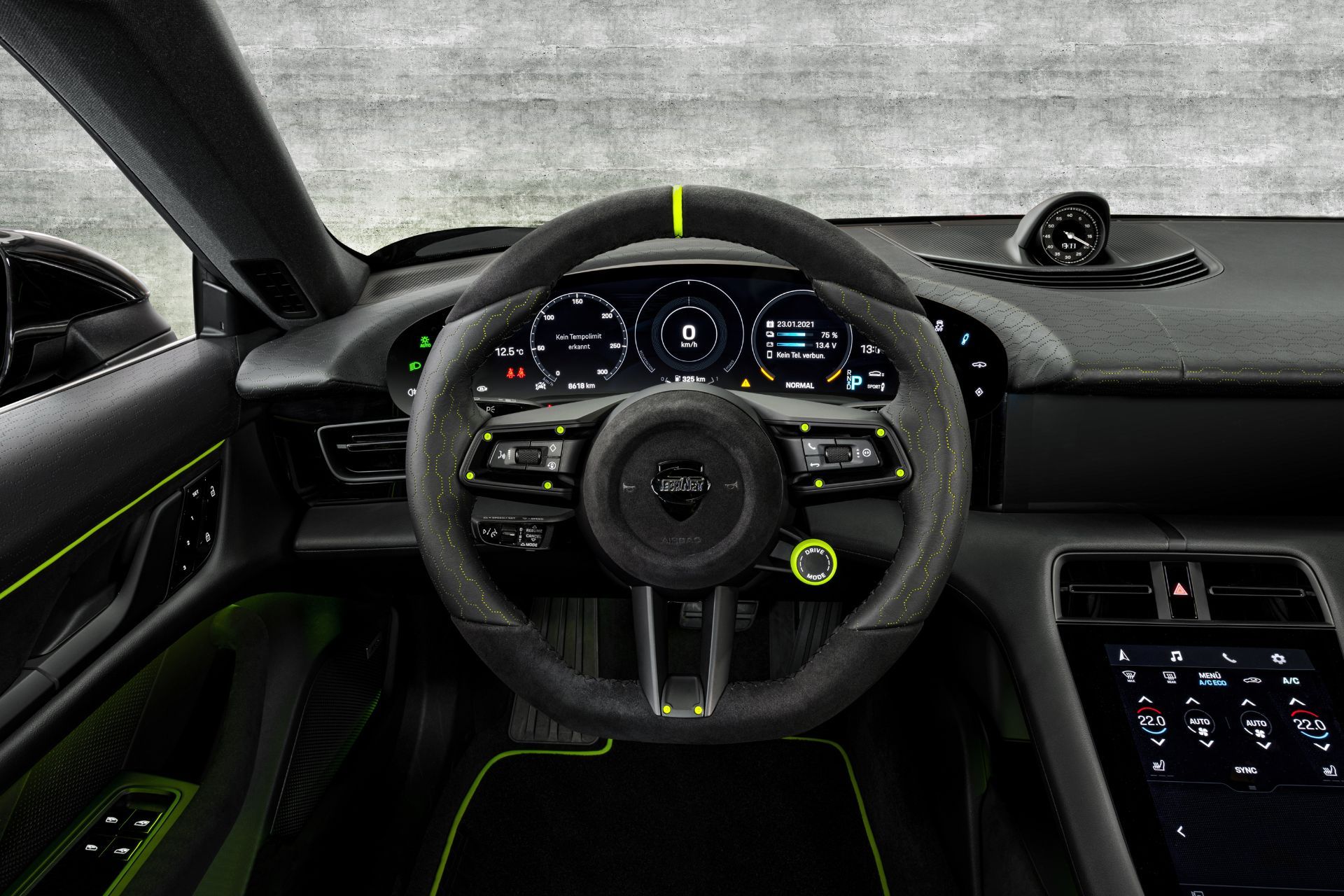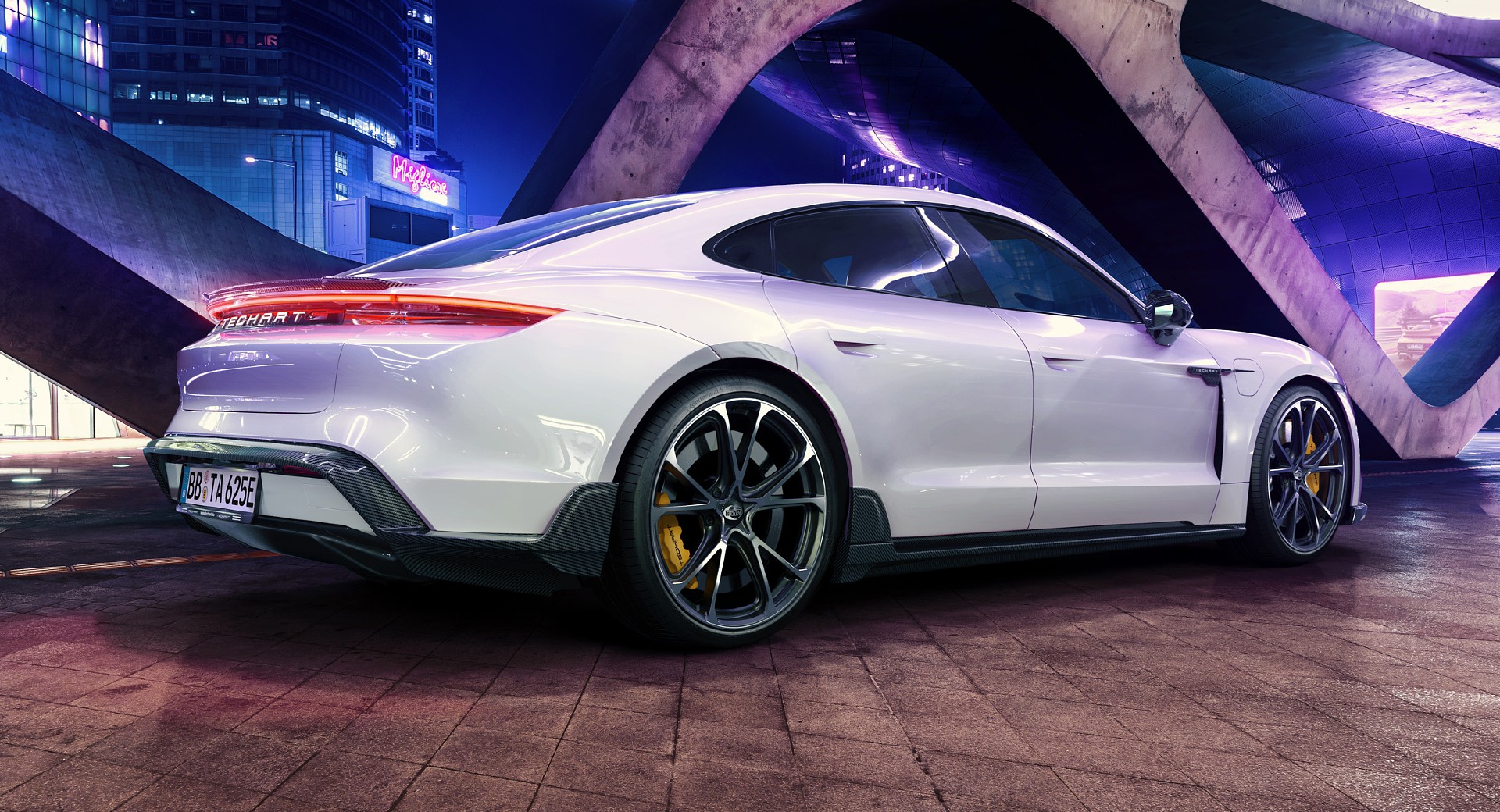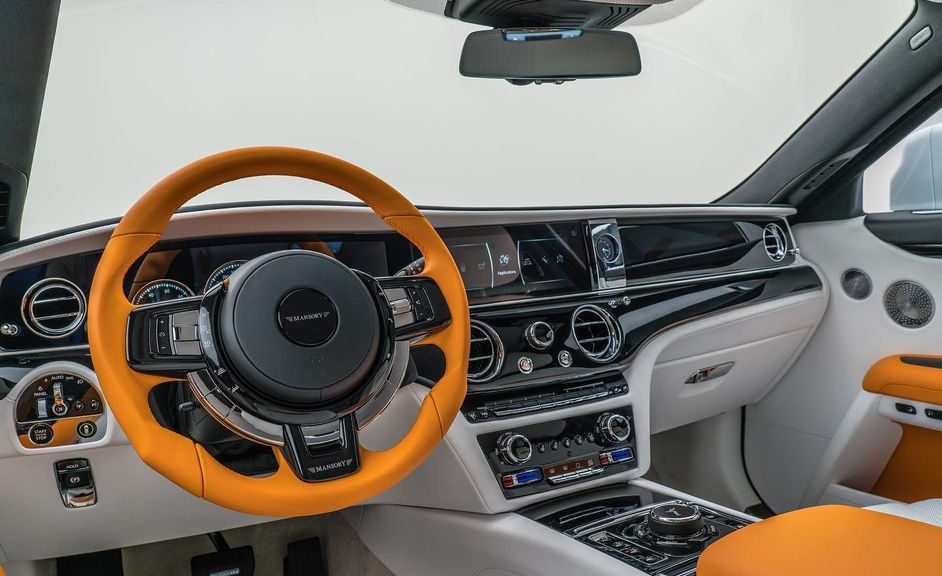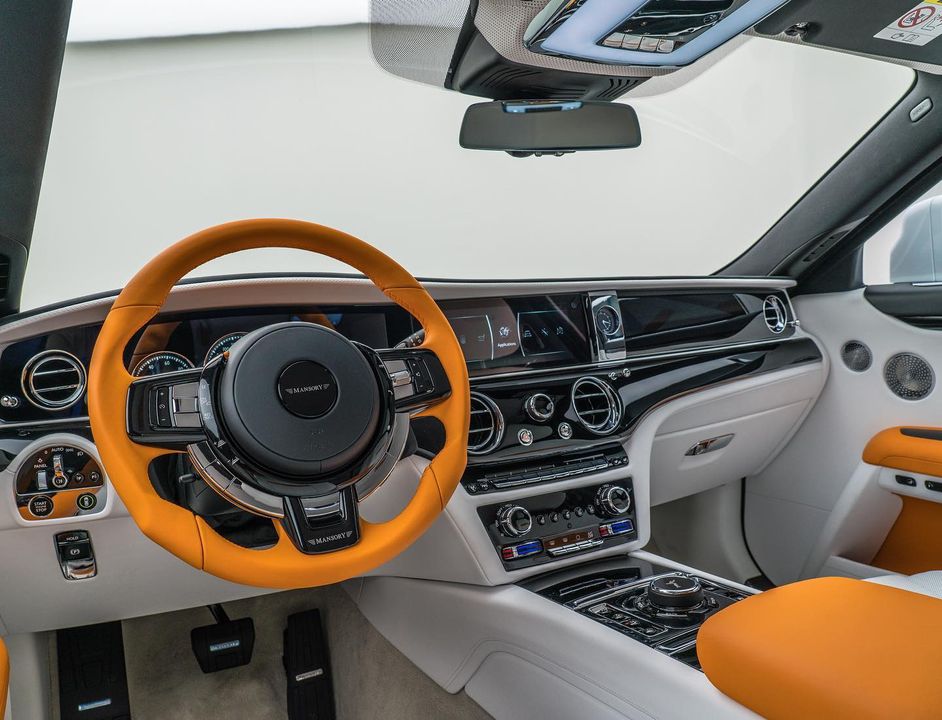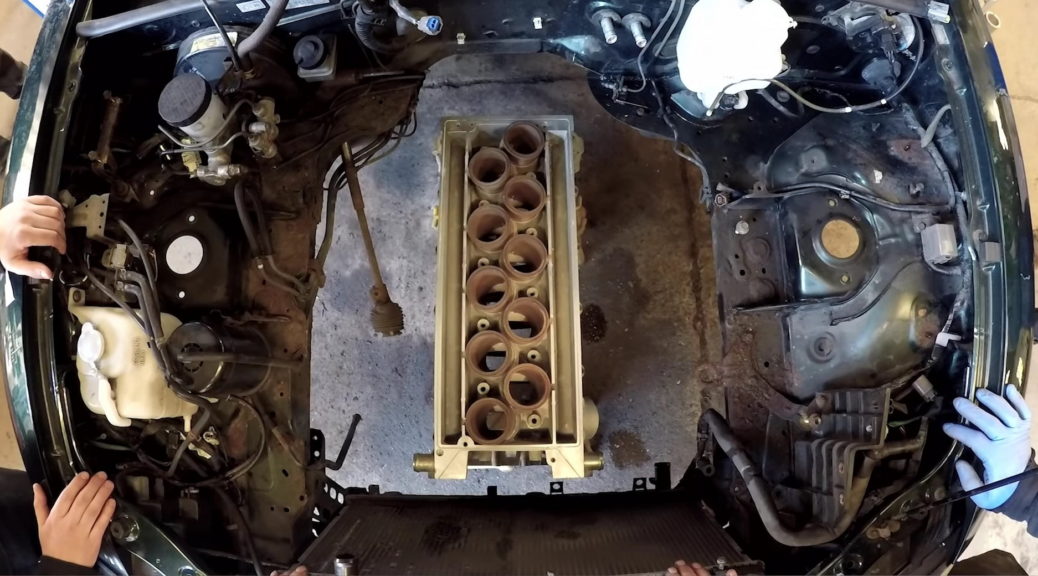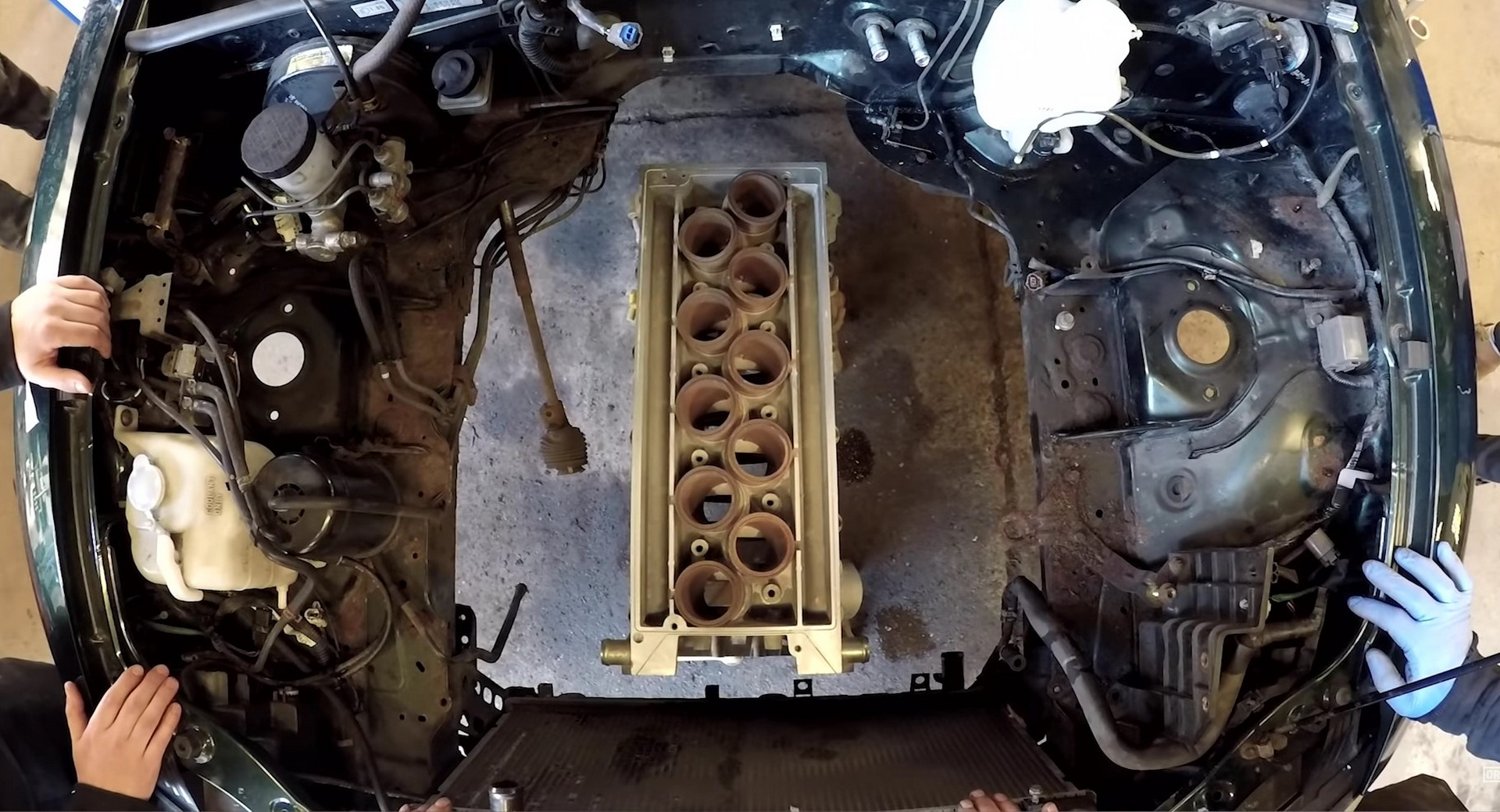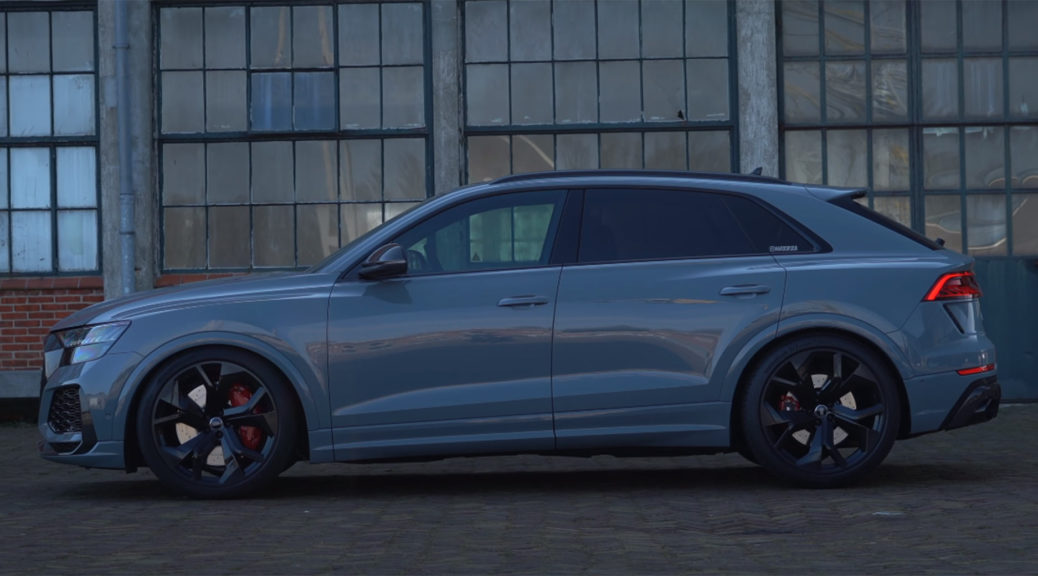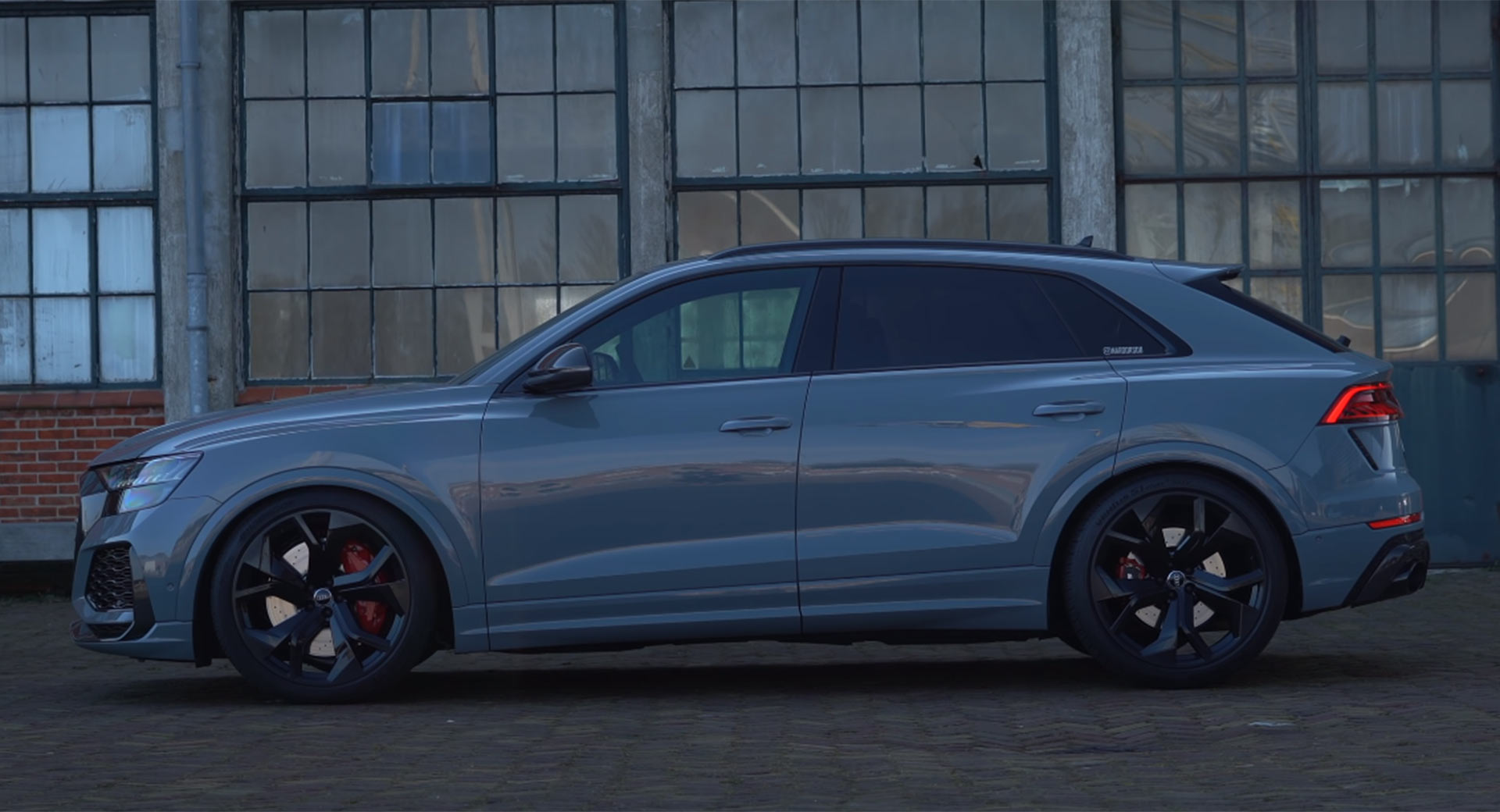When a fad, fashion, gadget or saying becomes such a cultural juggernaut it seeps into the mainstream consciousness, then later fades from view, it can be hard to remember the real impact it had.
I’m thinking of Tamogotchis, Blackberry phones and, for anyone reading this in the UK or Europe, Britain’s Max Power magazine. Max closed a decade ago, and for six or so years before that it was a pale shadow of its former self. But go back to the late 1990s and early 2000s, and it was a monster, one celebrated earlier this year at a car show, The Reunion.
On the face of its, Max was a mag about tuned cars, but to leave it at that would be to massively undersell its impact. It was a lifestyle bible for a generation of young (mostly) men who didn’t see their lives and dreams reflected in the pages of sensible, mainstream car magazines of the time.
A heady mix of outrageously modified hatchbacks, barely-clothed girls and general mayhem tapped into the ‘Lad’ culture of the late 1990s and resulted in a sales explosion long before anyone had heard of The Fast and the Furious. At its height in the early 2000s, Max Power was selling as many as 240,000 copies in a month, probably four times what we were shifting at Car Magazine, where I worked, just a few yards away in the same office.
Related: The ‘Carolina Squat’ Will Be Officially Banned In North Carolina As Of December 1, 2021
[embedded content]
The magazine’s strapline “The definitive guide to arsing about in cars” told you exactly what to expect before you’d even turned the first page. It helped popularise cruises that drove local residents mad, and there were dozens of crazy publicity stunts, like the time Dan Anslow, one of the magazine’s most prominent faces, tried to get elected as a member of parliament.
If I recall correctly, his manifesto included compulsory breast enlargements for women, and there was some kind of promotional photo shoot involving him doing a burnout in a Nissan Silvia or Skyline on Westminster Bridge next to Big Ben. Yeah, Max was puerile, but it was also very funny, and well executed.
Many of the feature cars were just absurdly modified Ford Fiestas and Vauxhall Corsas, their bodywork rendered almost unrecognisable by mountains of fibreglass, though the amount of time (and often money) poured into the builds demanded respect. But the magazine also gave exposure to Japan’s serious tuners, opening readers’ eyes to a world beyond Euro hatchbacks.
[embedded content]
By the second half of the 2000s Max was on the wane through a combination of external factors like the general decline in magazine sales, and also some terrible editorial decisions that alienated the reader base. Publisher Bauer closed it in 2011. But incredibly, some of those original cover cars, and the readers’ cars they inspired, are still around. Some are even being restored to their former glories, having managed to survive years in the fashion wilderness.
Anslow and another former Max Power writer, Andy ‘Millsy’ Mills, now have their own site, Maxers (click here), and original Max reader, Mark Smith, having started an Instagram-based fan project that snowballed out of control, pulled together a show that gathered some of those original cars, writers and cover models.
People didn’t stop modifying cars just because Max wasn’t there to document it, of course. There are other shows celebrating modded cars, and some of the cars at The Reunion hadn’t even been built, let alone ‘improved’ when the magazine closed. But those older Max era cars now looks so otherworldly, they almost deserve their own show. Was it a success? Put it this way, next year’s event is already in the works.
